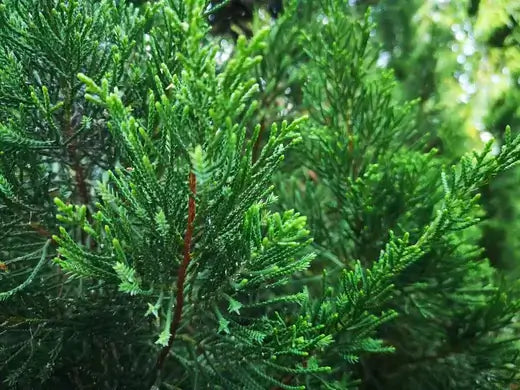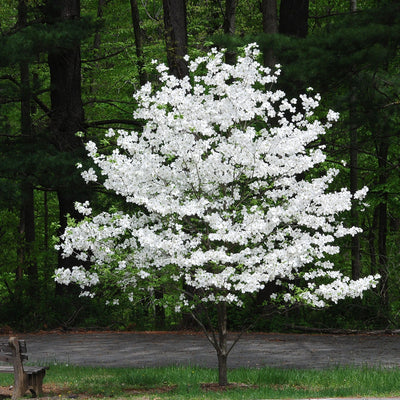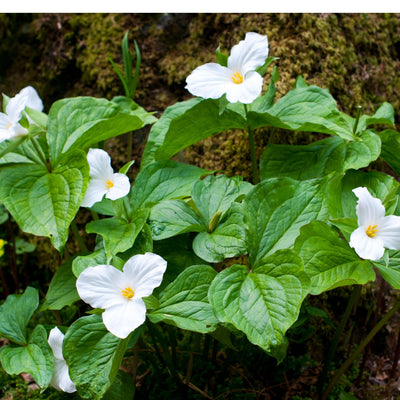One of the most versatile evergreens in North America is the Eastern Cedar Tree (Juniperus virginiana). It is valued for being strong, long-lasting, and beautiful, and it stands out in both natural plants and home gardens. If you put this tree for shade, privacy, or just because it looks nice, it will give you greenery all year with little work. Your landscape can look great in both summer and winter if it gets enough sunlight, water, and care for the dirt. This article has tips from experts on how to grow, care for, and enjoy the many benefits of Eastern Cedar Trees.
Understanding the Eastern Cedar Tree
Forest plants call the Eastern Cedar Tree Juniperus virginiana, but people often just call it the Eastern Red Cedar Tree. It is not a true cedar, despite its name. It is a species of juniper. This tough tree can grow in almost any area, from dry areas to well-drained, sandy soil. Its needles stay green all year and its bark is red, adding structure and color to any yard.
Key Characteristics
- Grows to be 30 to 65 feet tall, depending on soil and weather
- Has evergreen, fragrant leaves that stay lush all year
- Can handle severe drought once established
- Gives birds and pollinators food and a place to rest
To make a balanced environment, plant flowering trees like the White Dogwood Tree next to cedars. The white dogwood's spring flowers look great next to the deep green of the cedars.
Tips related with Planting and Growth
Selecting the Right Site
The Eastern Cedar prefers well-drained spaces. Avoid low areas with standing water, which may destroy roots.
Preparing the Soil
To improve the soil and make it easier for water to drain, add compost or other organic matter before you plant. The Eastern Red Cedar Tree does best in soil that is normal to slightly acidic.
Watering and adding mulch
After the first few weeks of growth, water deeply once or twice a week. Once the tree is established, it can handle dryness quite well. Put two inches of mulch around the base to keep the soil wet and stop weeds from growing.
Some interesting facts about the Eastern Red Cedar
1. Environmental Benefits
Blueberries on the Eastern Red Cedar Tree provide birds with food and shelter. Wind and erosion are blocked by its dense leaves. Cedar boxes and fence posts benefit from the aromatic wood's resistance to rot.
2. Landscaping and bonsai
It's liked by gardeners for its rough bark and beautiful evergreen leaves that stay pretty all year. It stands for strength and endurance when grown as a bonsai.
3. Adding visual appeal with companion planting
For a layered, woodsy look, mix cedars with plants that do well in shade, like the Great White Trillium. The big white trillium flowers go well with the green cedars, making for a peaceful and natural scene.
How to Care for Eastern Cedar Trees
The Eastern Cedar Tree is easy to take care of and pays off in the end. Once they are grown, these trees don't need much care to stay healthy.
Care Guidelines
- Sunlight- Plants that get full sun grow quickly and have bright leaves.
- Watering- Give young trees a deep watering once a week. Mature trees only need to be watered every once in a while when it's really dry.
- Pruning- Cut back the tree a little in early spring to shape it and get rid of any dead wood.
- Space- Leave 10 to 20 feet between trees so air can flow properly.
- Pests- Keep an eye out for bagworms and cedar-apple rust, though they don't usually do a lot of damage.
Gardening Know How and other expert sites can help you learn more about how to grow native conifers.
Why Eastern Red Cedar Trees for Sale Are in Demand
Eastern Red Cedar Trees for sale are popular with homes and landscapers because they are easy to take care of, look like evergreens, and can be used in many ways. They can block the wind, give you peace, or be the beautiful center of attention in an open landscape.
When you buy Eastern Red Cedar Trees for sale from a reputable nursery like TN Nursery, you can be sure that the trees will have strong roots, grow in a healthy way, and be very flexible. They are also good for the environment because they give animals a place to live naturally and make the air better.
The smaller, slower-growing types are best if you want to grow an Eastern Red Cedar Bonsai Tree to show off inside or outside. These bonsai versions need to be shaped and pruned, but they bring a beautiful, small piece of nature into your space.
FAQs
How long does it take for an Eastern Cedar Tree to mature?
For the Eastern Cedar Tree (Juniperus virginiana), it usually takes 20 to 30 years to reach full size. It depends on the type of soil, the amount of sunlight, and the amount of water in the earth.
Are Eastern Cedar Trees toxic?
The berries are not very dangerous, but they can make people or dogs sick if they eat them. Birds, on the other hand, can safely eat them and naturally spread seeds.
How fast do Eastern Red Cedar Trees grow?
The Eastern Red Cedar Tree grows slowly, about 1 to 2 feet per year, based on its environment and how well it is cared for.
Where can I buy Eastern Red Cedar Trees?
You can find high-quality Eastern Red Cedar Trees for sale from a renowned platform like TN Nursery, which specializes in native and hardy tree species.
What does an Eastern Cedar Tree look like?
Its leaves are dark green and its wood is red. The Eastern Cedar Tree looks like a cone. Animals like the small blue-gray berries that grow on old trees.
If you know how to care for Eastern Cedar Trees, you can enjoy their beautiful looks and natural benefits for many years to come. If you put an Eastern Red Cedar Tree as a single focal point, as part of a natural windbreak, or as a small bonsai, it will make your landscape stronger, smell better, and come to life.


